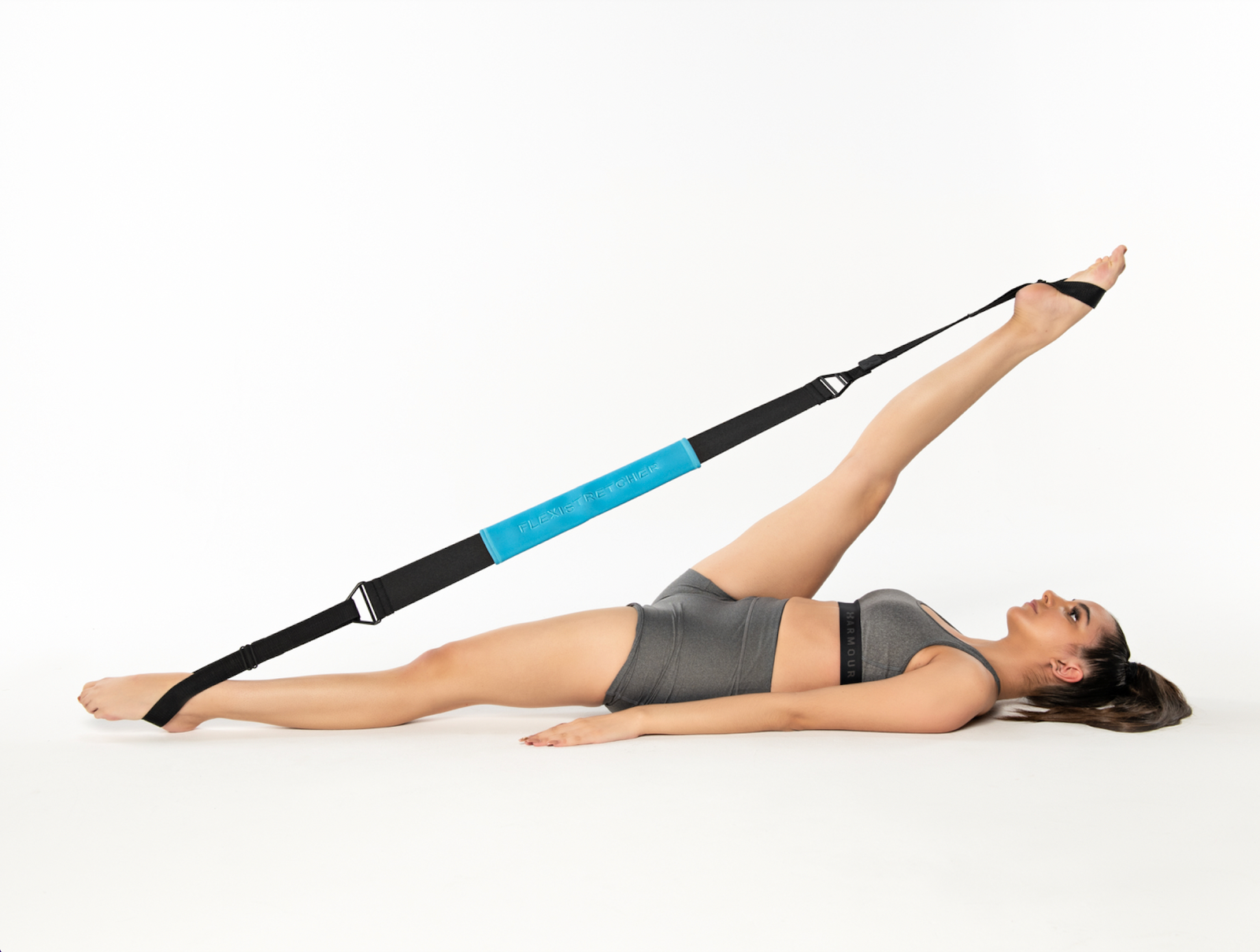Hypermobility vs Maximal Flexibility

Stretching has long been associated with being more flexible. But the desire to be more flexible for sports like dancing, cheerleading, gymnastics, skating, etc. leave many wondering if stretching further or deeper is the way to achieve more. If you haven’t seen the video of the cheerleader being held down by her cheer coach and friends to push deeper into the splits, then be prepared. It’s a scary scene of pain and yet, many times, this is what athletes think is necessary to achieve top standing in their sports.
But there are problems with both being too flexible and not flexible enough.
Being Too Flexible
When a dancer, gymnast or athlete has too much flexibility without muscle control, they are considered hypermobile. This condition can have adverse effects on their performance and lead to injuries. Hypermobility typically refers to movements that may cause injury, as the body does not produce strength to restrict the movement. Hypermobility Spectrum Disorders (HSD) are a group of conditions related to joint hypermobility that become chronic and cause pain and further injury.
When an athlete has hypermobility, it is key to create a stretching and strengthening program that helps maintain the normal joint stability to eliminate the chance for injuries. This allows for the athlete to improve their flexibility to achieve greater gains in their sport for esthetic and power while helping to avoid injury. It is important that coaches and athletes understand the difference between hypermobility and maximal flexibility. There are courses like the FLX Maximal Flexibility Course to help train athletes and coaches alike.
Maximal flexibility is achieved by practicing sequences of stretching and strengthening exercises to achieve a greater range of motion, beyond normal movement patterns. One example would be the dancer's splits which require a maximal range of motion.
Not Flexible Enough
What is flexibility? Flexibility is the range of motion around any joint. The knee has limited flexibility due to its surrounding bony structures (the patella) while the shoulder may seem like it has an unlimited range without any structures to really limit movement. However, the body has more than just bony structures to limit movement. It has ligaments, tendons, facial covering, and muscles that dictate the movement around every joint.
Understanding the body’s limitations is essential to becoming more flexible. Flexibility training helps to achieve these results without pain and without injury. If you find you have limited movement but want to change your current flexibility, a program should be developed specifically for your needs. Creating a personal flexibility program can be developed by a personal trainer or FLX Certified Instructor.




Leave a comment